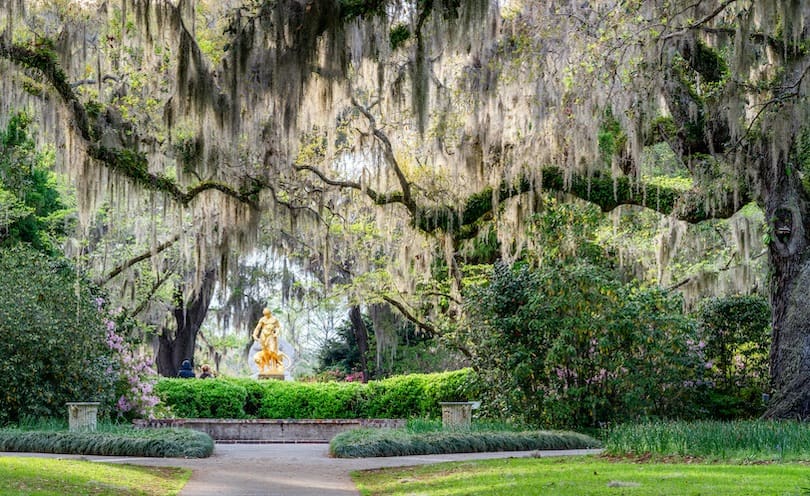Ranthambore Fort is a stunning historical monument located in the Ranthambore National Park, Rajasthan, India. It is a perfect blend of history, architecture, and natural beauty. The fort has been standing tall for over a thousand years and has been a witness to several battles and conquests. This article explores the history and natural beauty of Ranthambore Fort.
The History of Ranthambore Fort
Ranthambore Fort was built in the 8th century by the Chauhan dynasty. It was initially a small fortress but was expanded by various rulers throughout history. The fort was under the rule of various dynasties, including the Mughals and the Rajputs. It was considered a crucial military stronghold due to its strategic location and impenetrable walls.
The fort witnessed many battles and sieges, and many kings and rulers fought over it. One of the most famous battles was fought between the Mughal emperor Akbar and the Rajput king Rana Pratap. The fort was finally captured by the Mughals after a long and fierce battle.
Ranthambore Fort is also famous for the legend of the queen who sacrificed herself to save the fort. According to the legend, the queen of Ranthambore, Padmini, committed “Jauhar” (self-immolation) along with other women of the kingdom to save themselves from being taken as prisoners by the enemy.
Architecture of Ranthambore Fort
The architecture of Ranthambore Fort is a unique blend of Rajput and Mughal styles. The fort is built on a hill, and its walls are made of red sandstone. The fort is spread over an area of approximately 4.5 square kilometers and has several temples, palaces, and gardens within its premises.
The fort has four gates, each named after a different direction. The main entrance is the Suraj Pol, which is adorned with intricate carvings and designs. The fort also has several other notable structures, including the Ganesha Temple, Rani Palace, and Hammir Court.
The Hammir Court is the most magnificent structure inside the fort, which was constructed by Hammir Dev Chauhan in the 14th century. The court has several chambers and corridors that were used by the royals for various purposes.
Exploring the Natural Beauty of Ranthambore Fort
Apart from its rich history and architecture, Ranthambore Fort is also known for its natural beauty. The fort is located in the Ranthambore National Park, which is home to several species of flora and fauna. The park is spread over an area of approximately 392 square kilometers and is famous for its tiger population.
The fort offers a breathtaking view of the national park and its surroundings. Visitors can also take a walk around the fort and explore its various temples and palaces. The fort also has several gardens and water bodies, which add to its natural beauty.
Visitors can also enjoy a wildlife safari in Ranthambore National Park and witness tigers, leopards, and other wild animals in their natural habitat.
Visiting Ranthambore Fort
Visitors can visit Ranthambore Fort throughout the year. The fort is open from sunrise to sunset and is best explored during the winter months when the weather is pleasant. Visitors can reach the fort by hiring a taxi or taking a bus from the nearby town of Sawai Madhopur.
Conclusion
Ranthambore Fort is a beautiful historical monument that is worth visiting for its rich history, architecture, and natural beauty. It is an ideal destination for history buffs, architecture enthusiasts, and nature lovers.
The fort offers a glimpse into the past, taking visitors on a journey through the various dynasties that ruled over it. It is also a perfect example of the architectural brilliance of the Rajputs and the Mughals.
Visitors can also explore the natural beauty of the fort and the surrounding Ranthambore National Park. The park is home to several species of flora and fauna, making it a paradise for nature lovers. The park is also famous for its tiger population, making it a popular destination for wildlife enthusiasts.
In conclusion, Ranthambore Fort is a must-visit destination for anyone traveling to Rajasthan. It is a perfect blend of history, architecture, and natural beauty, making it a unique and unforgettable experience.
FAQs
- Is Ranthambore Fort open throughout the year? Yes, the fort is open throughout the year from sunrise to sunset.
- What is the best time to visit Ranthambore Fort? The best time to visit Ranthambore Fort is during the winter months when the weather is pleasant.
- Can visitors take a wildlife safari in Ranthambore National Park? Yes, visitors can take a wildlife safari in Ranthambore National Park and witness tigers, leopards, and other wild animals in their natural habitat.
- How can visitors reach Ranthambore Fort? Visitors can reach Ranthambore Fort by hiring a taxi or taking a bus from the nearby town of Sawai Madhopur.
- What is the legend of the queen who sacrificed herself to save the fort? According to the legend, the queen of Ranthambore, Padmini, committed “Jauhar” (self-immolation) along with other women of the kingdom to save themselves from being taken as prisoners by the enemy.


















It¦s really a great and useful piece of information. I¦m glad that you simply shared this useful info with us. Please stay us up to date like this. Thank you for sharing.